Iceland is an all-year-round destination, but each passing season does offer a different experience. So, what can you expect if you visit Iceland in the spring?
Spanning March to early June, spring in Iceland eases the long, icy grip of winter. Daylight hours extend, temperatures* rise, snow gives way to greener landscapes, and nature gently unfurls from its winter slumber.
Spring months are ideal for discovering what Iceland has to offer, especially if you’re keen to avoid the summer crowds or want to take advantage of lower prices for accommodation or car hire.
However, it’s worth noting that the weather can still be unpredictable, so packing for wind, rain, and sunshine is essential. For road-trippers, some F-roads in more remote areas remain closed until June, but from April onwards, you’ll find that the main Ring Road is safe and accessible.
The biggest challenge for spring visitors is deciding which stunning vistas, wildlife experiences, or adrenaline-fuelled activities to include in their trip – there are just so many to choose from! So why not begin your trip planning by exploring some of our favorite things to do in spring?
*From March to early June, the average temperature in Reykjavik is 1°–10°C (33.8°–50°F).
This year’s Icelandic spring top 10
1. Witness thunderous waterfalls
When it comes to waterfalls, nowhere in the world does them better than Iceland, and spring is the best time to catch them at their most powerful. As the snow melts, rivers hit their peak flow, resulting in impressively thunderous waterfalls across the island.
With around 10,000 cascades to choose from, deciding which waterfalls to visit can be tricky. Our favorites include Gullfoss (part of the Golden Circle route), Skogafoss (a frequent rainbow-maker), and Dettifoss (Europe’s most powerful waterfall, which reaches almost 50,000 cubic meters per second in spring – it’s very loud!).
2. Seek a whale encounter
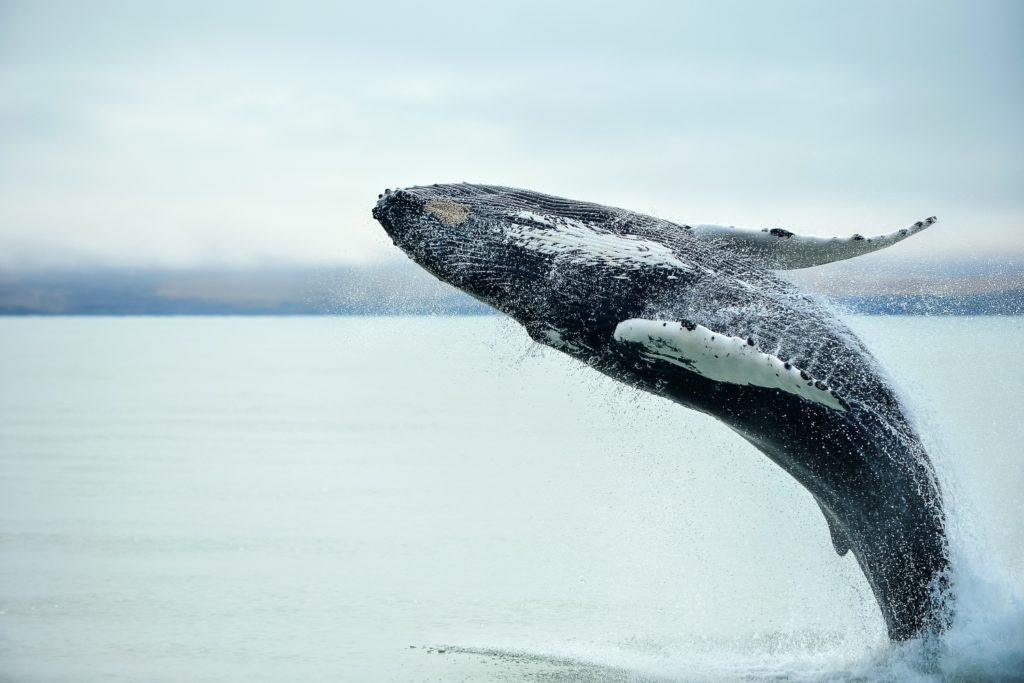
The best time to spot whales in Iceland is from April to September. If you hire a car, we suggest heading North to Húsavík, Iceland’s oldest settlement, famed as Europe’s ‘whale watching capital.’ Here, your chances of a whale encounter are high, but you’ll still need a little luck on the day.
Up to 23 species of whales, including the blue whale, can be spotted in and around Húsavík bay. The minke whale is the most common species in Icelandic waters, but regular marine visitors also include white-beaked dolphins, harbor porpoises, fin whales, belugas, and occasionally the rarely spotted narwhal.
Húsavík is part of the Diamond Circle – North Iceland’s alternative to its well-known Southern counterpart, the Golden Circle. This 250 km circuit is an excellent Icelandic car hire route for self-drive adventurers, offering spectacular sights, including Goðafoss (Waterfall of the Gods), Lake Mývatn, and Ásbyrgi canyon.
3. Plunge into white-knuckle water rafting
Buckle up, hold tight, and prepare to ride some snowmelt-fuelled rapids. Peak river flow in spring makes May or June an excellent time for those seeking the thrill of a white-water rafting adventure.
Iceland’s rafting courses balance plenty of adrenaline-packed moments with time to sit back and absorb the fantastic scenery surrounding calmer sections of the river.
Some of the best rafting experiences can be found on the Hvítá River, Austari Jökulsá (East Glacial River), and Vestari Jökulsá (West Glacial River).
4. Chase the Northern Lights
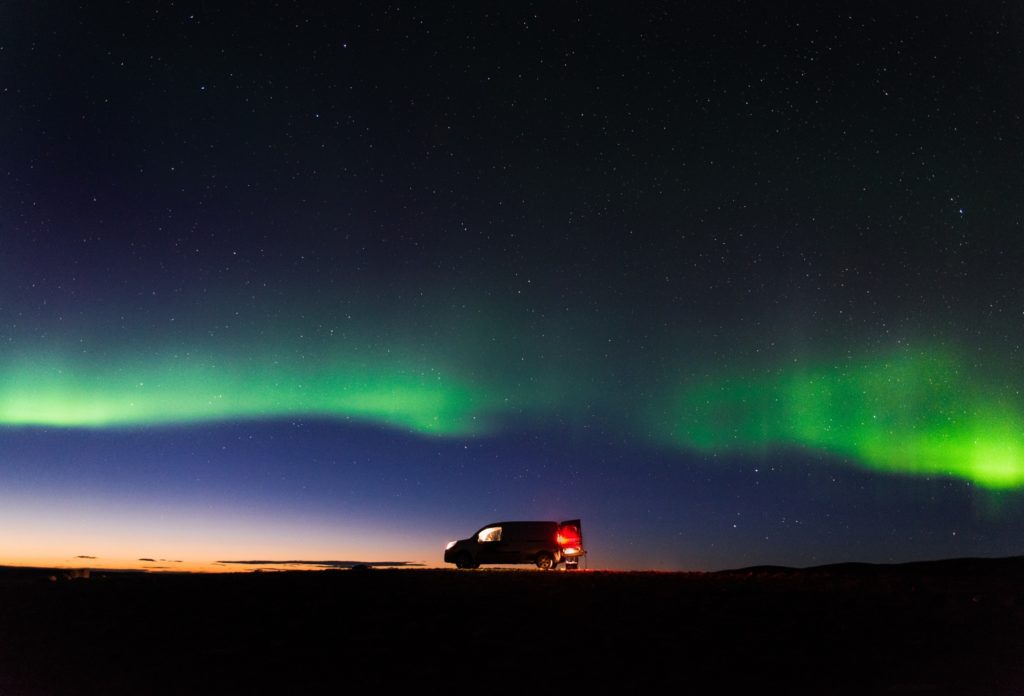
If chasing the Northern Lights – or Aurora Borealis – is high on your Icelandic wish list, spring certainly offers this possibility. March, rather than the later months of spring, is the best time to hit the magic combination of clear skies, total darkness, and an uptick in solar activity that raises the likelihood of seeing the Lights.
It’s worth knowing that if you visit around the 20 March (the 2023 spring equinox), your chances of a successful sighting will increase further, as solar activity typically peaks at both the fall and spring equinoxes. Of course, despite all the best-laid plans, sometimes Mother Nature doesn’t play ball, so a sighting of the Northern Lights can never be guaranteed. We have our fingers crossed for you.
5. Spot a puffin
The Atlantic puffin (known as ‘Lundi’ in Icelandic) nests in sea cliffs all along the Icelandic coastline. Every year, puffin pairs return to Iceland in late April and May to raise their young after months spent at sea. As a result, these characterful birds are closely associated with Iceland.
The Westman Islands host the world’s largest puffin colony, and countrywide around two million nesting pairs call Iceland home.
If you hire a car, then adding a puffin-spotting excursion to your itinerary is relatively easy. Popular locations include the remote Làtrabjarg Cliffs in the Westfjords; Voladalstorfa or Hringsbjarg on the Tjörnes Peninsula in North Iceland; Borgarfjörður Eystri in East Iceland, and the Ingólfshöfði Nature Reserve in South Iceland. Aim to arrive either early in the morning or later in the evening, as this is when puffins typically return to their burrows.
6. Take in violet vistas
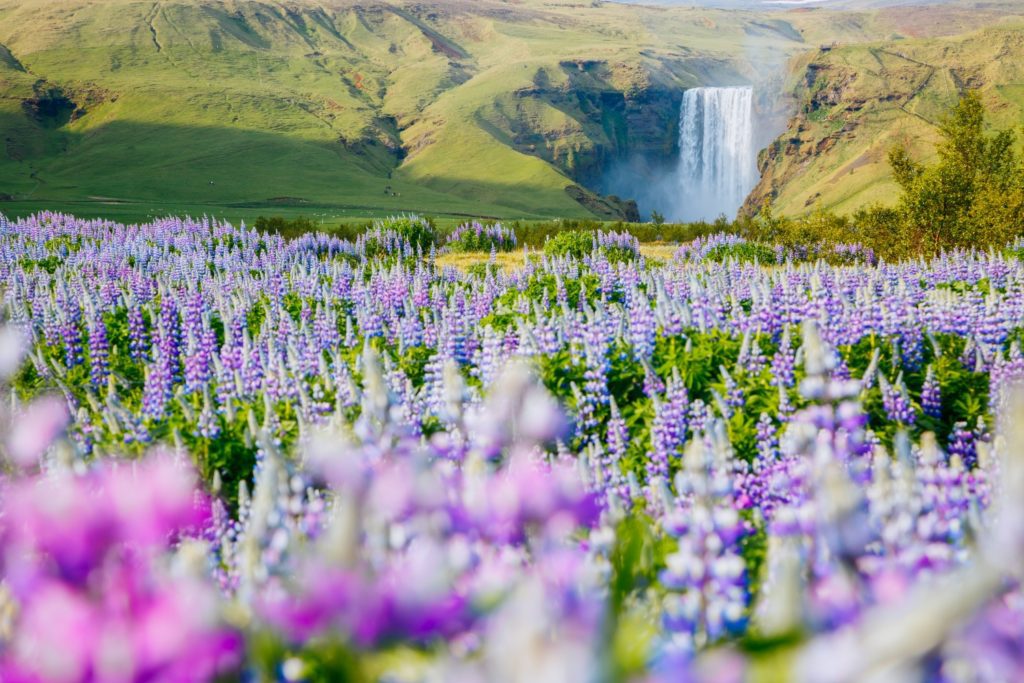
In late spring (late May/early June), you might be lucky enough to catch the beginning of Iceland’s lupin season. Since its introduction in 1945, the lupin has spread rapidly across the country and is hugely popular with tourists and many locals. However, some feel that this invasive plant may threaten biodiversity.
For keen photographers, capturing the magical light and violet blooms of late spring is simply irresistible. At this time of year, the violet blooms carpet gorges, climb mountainsides, and sprawl across lava fields, making them relatively easy to locate.
Some of our favorite lupin locations include Skogafoss waterfall, Víkurkirkja Church in the South, and Vatnajökull National Park.
7. Feel the power of Fagradalsfjall
Fagradalsfjall volcano, located just 32 km from Reykjavík, in an uninhabited area of the Reykjanes peninsula, is the ideal place to explore how lava shapes key geographical features associated with the Land of Fire and Ice.
Following its latest eruption in August 2022, Fagradalsfjall is currently dormant. But it’s still a must-see destination, as the dormant site offers an opportunity to see freshly formed lava fields up close and personal.
For those seeking a deeper understanding of volcanoes and the vital role they play in the Icelandic landscape, the Lava Centre in Hvolsvöllur on the South Coast provides a fascinating, interactive exhibition of volcanology.
8. Float with icebergs and touch diamonds
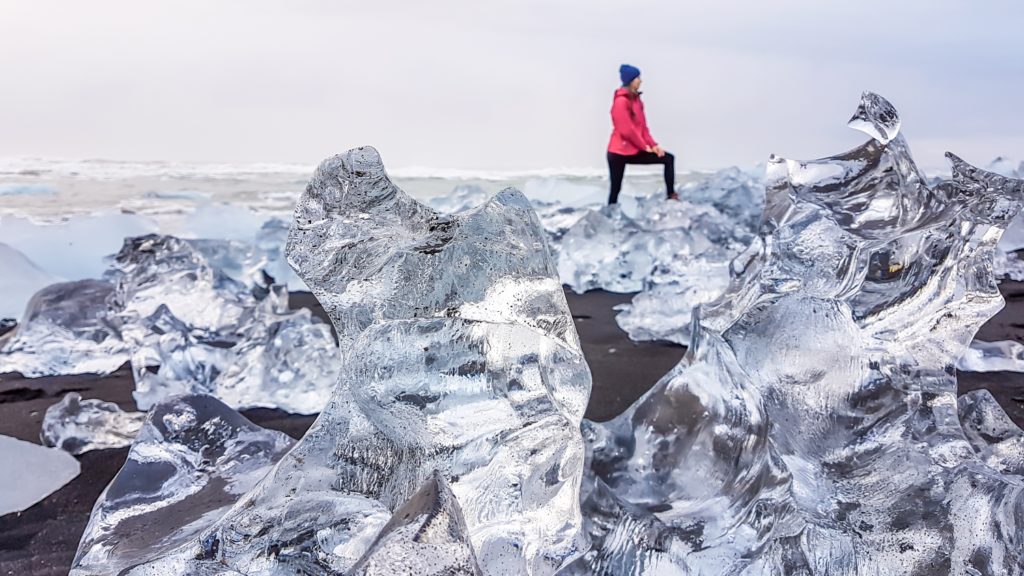
If you fancy a close encounter with an iceberg, Jökulsárlón Glacier Lagoon is the place to do it this spring. Located in the Southeast, this picturesque lagoon sits at the foot of Breiðamerkurjökull glacier and is the only place in Iceland where a glacier meets the sea.
The lagoon combines glacial meltwater with tidal sea water and reaches an impressive depth of 250 meters. Its surface is peppered with beautiful floating icebergs, which have broken away from the retreating glacier. As the icebergs drift into the North Atlantic, the waves polish them, creating the giant ice sculptures that wash ashore at Breidamerkursandur (Diamond Beach), where they glisten in the sun like diamonds.
9. Catch an ice cave tour
Glaciers cover around 11% of Iceland, and exploring these impressive natural features is a popular activity for adventurous types. Many glacier hikes (it’s essential that you explore with a professional guide) are available all year round.
However, if you’re keen to take an ice cave tour (a brilliant experience!), then plan your trip for early spring, as many cave tours will close at the end of March, including the popular Crystal Blue Ice Cave Tour at Breiðamerkurjökull and the Natural Blue Ice Cave Tour at Vatnajokull, Europe’s largest glacier.
10. Unwind in a hot spring
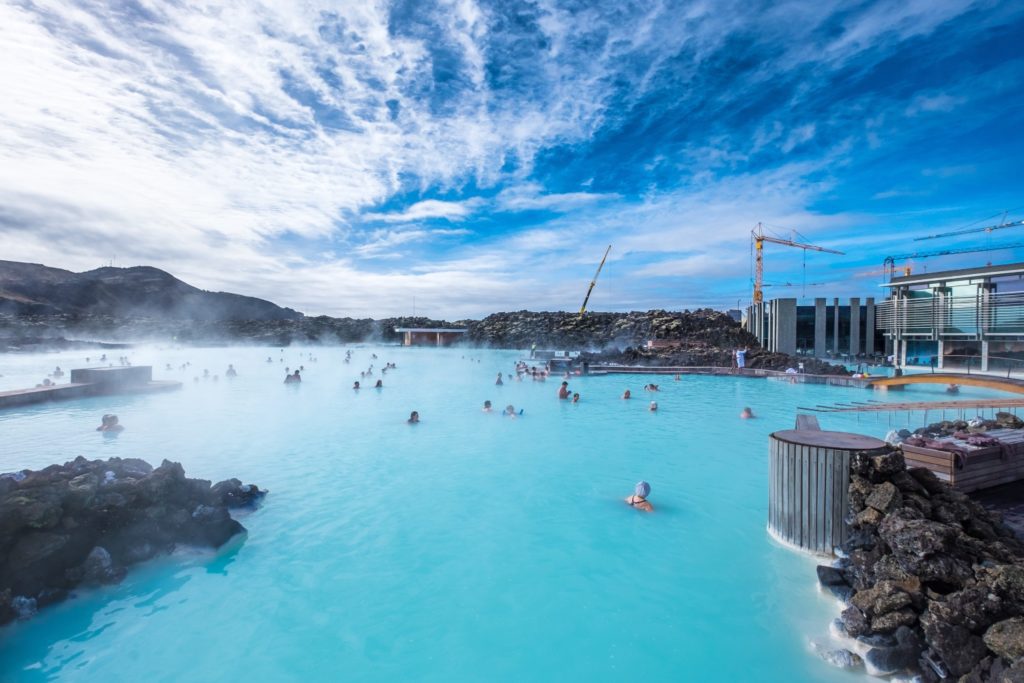
The beauty of Iceland’s natural hot springs and geothermic pools is that they are thoroughly enjoyable in any season – including spring. We highly recommend taking advantage of one of the many geothermal pools available at some point during your visit.
Our top tip would be to plan a relaxing visit to the Blue Lagoon (just a 40-minute drive from Reykjavík) at the end of your spring trip. Listed as one of the 25 Wonders of the World by National Geographic, this luxurious spa is the perfect way to unwind before returning to ‘real life.’
With spring 2023 just around the corner, there’s still enough time to plan your trip, rent a car and prepare for the adventure of a lifetime!
Keep reading our blog for more practical tips and inspiring ideas to fill your Icelandic spring trip itinerary.
Back